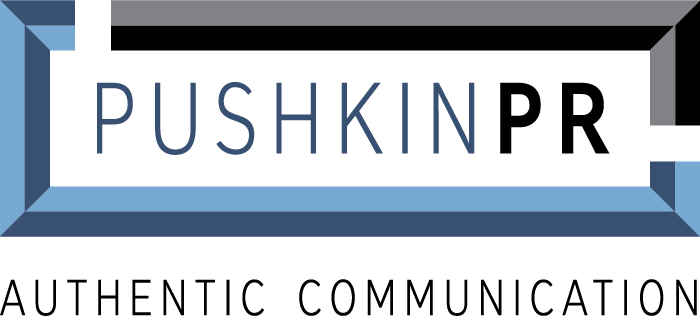
Social marketing has become a bit of a buzzword over the past few years. But, behavior change initiatives are nothing new. History is packed with examples of people trying to influence others to take an action or change their behavior in a way that will benefit society, as well as them personally.
Social marketing attempts to convince an audience a new behavior has more value than a current behavior. It combines the best elements of traditional approaches to social change with marketing techniques to generate discussion, promote information and think about an issue differently.
However, the goal is not just to raise awareness or shift attitudes; it is to motivate people to change their behavior, a challenging task.
As Nancy R. Lee and Philip Kotler explain in Social Marketing: Changing Behaviors for Good, “Simply telling someone that a new behavior would be good for him or her is not enough”
Use the Four Ps to develop your strategy.
The traditional marketing concept, the Four Ps—price, product, promotion and place—can be applied to a social marketing campaign to help determine the marketing mix.
However, in social marketing, the definitions are slightly different.
- Price – the time, money, inconvenience, risk, etc. to adopt the ideas and actions you’re promoting
- Product – the desired behavior, any perceived benefits for adopting it and any tangible objects or services that add value
- Promotion – messages, messengers and communication channels
- Place – where and when the target market will perform the desired behavior, receive any tangible objects or services
A successful social marketing campaign will have a marketing mix that addresses all four and has the following
- A message that communicates the value of the desired behavior
- Tactics that reduce costs and increase benefits
- Communications that consider potential barriers and motivate and remind target audience(s) to take action
- Easy access to the place(s) where the target audience(s) will perform the desired action
- A sustainability plan to ensure the message remains relevant
TO MOTIVATE
- Offer incentives
- Share vivid, personal stories
- Involve people at the individual level
- Opt for fun over fear-based messages
- e.g. Starbucks offers 5% off to customers who bring their own coffee tumbler
TO REMIND
- Develop a compelling message that people will remember
- Provide reminders (decals, tags, signs) in places where the action, or decision to take action occurs
- Link the new action with an activity people are already doing
- e.g. Hand-washing reminders and hand-sanitizers are now prevalent in restaurants and hospitals.
TO SUSTAIN
- Find ways to recognize and reinforce the new behavior
- Identify change agents who can help share the message
- Increase visibility of participation
- e.g. First Lady Michelle Obama’s Let’s Move campaign uses personal testimonials to motivate by showing people the success stories of those they admire.
Remember, change is a process.
When people make a change, it is not a one-time event. They progress through several stages. Behavior change campaigns are more effective if they consider the current stage of their target audiences and tailor the messages accordingly. Sometimes, success is not marked by an immediate response, but rather moving the target audience through the stages of change and closer to the desired behavior.

Tackle internal barriers first.
For many people, the first step to making a change is to understand the issue. Many barriers are internal and have to do with knowledge, beliefs or abilities. For that reason, it makes sense to set objectives that address
- Knowledge – what you want your audience to know
- Belief – what you want your audience to believe or feel
- Behavior -what you want your audience to do
Identify change agents to help spread the word.
For any marketing campaign, word of mouth carries more clout than other channels. Provide a way for the campaign’s champions to become change agents and share their personal stories, answer questions and inspire action.
And, as always, select metrics and track results to identify the campaign’s most challenging obstacles. In some cases, it’s overcoming the lack of knowledge about a topic. Other times, it’s finding a way to demonstrate value.
